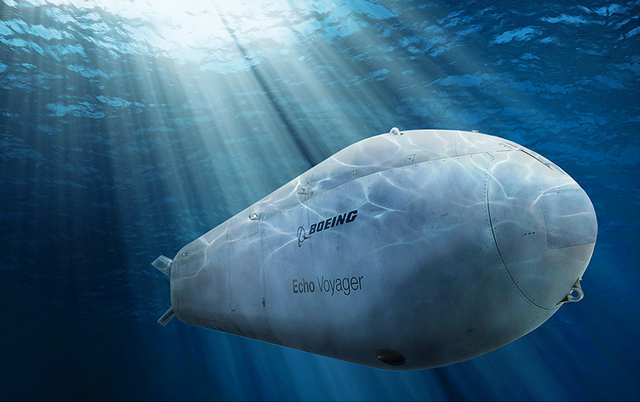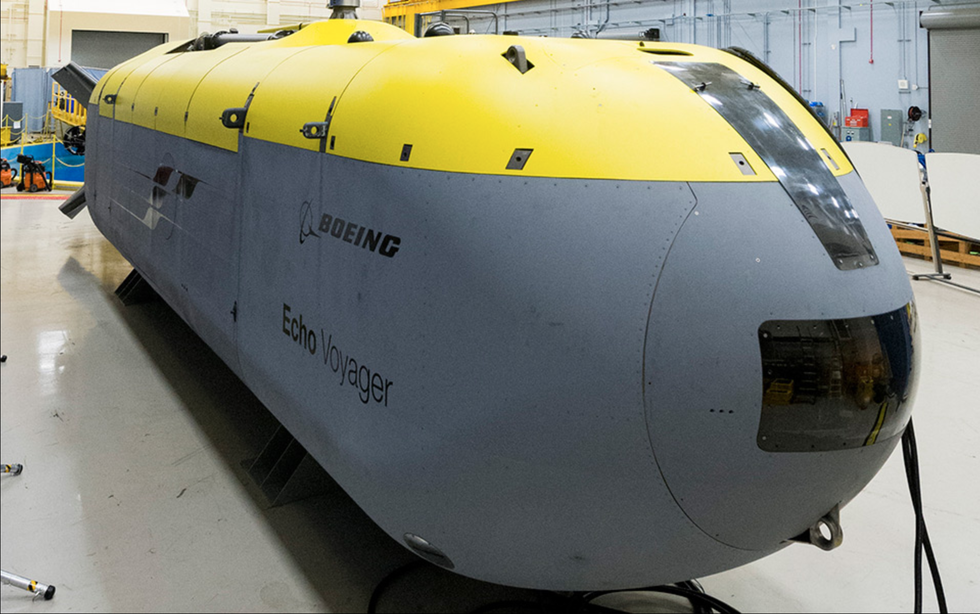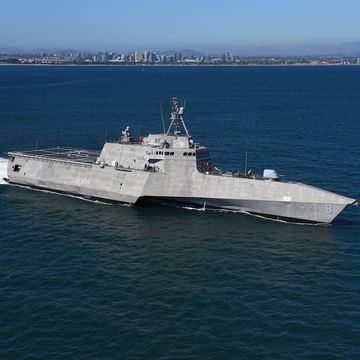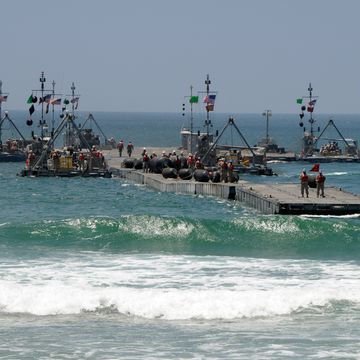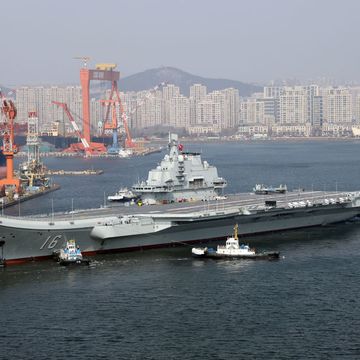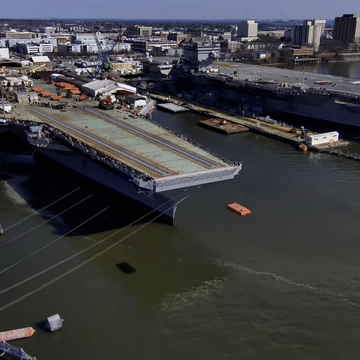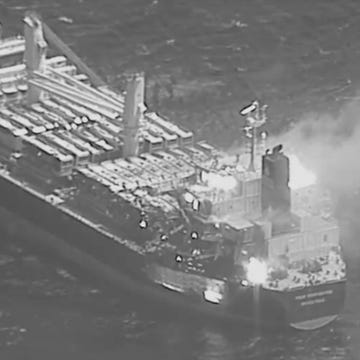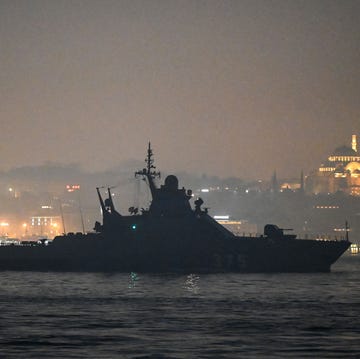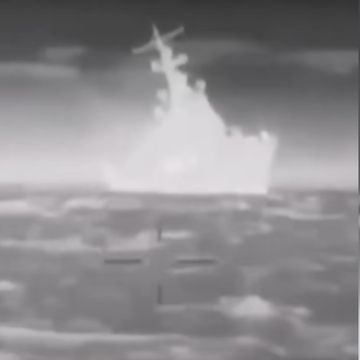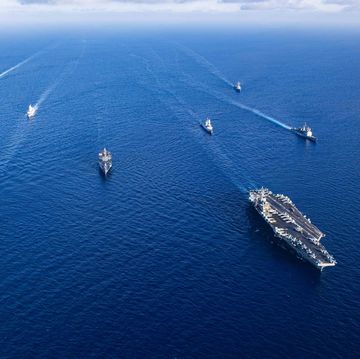The U.S. Navy has awarded a contract to Boeing for four Extra-Large Unmanned Underwater Vehicles (XLUUVs). In other words: giant drone subs.
The unmanned submarines, called Orcas, will be able to undertake missions from scouting to sinking ships at very long ranges. Drone ships like the Orca will revolutionize war at sea, providing inexpensive, semi-disposable weapon systems that can fill the gaps in the front line—or simply go where it’s too dangerous for manned ships to go.
The contract, announced today, stipulates Boeing will get $43 million for “fabrication, test, and delivery of four Orca Extra Large Unmanned Undersea Vehicles (XLUUVs) and associated support elements.” That’s just over ten million bucks per boat.
What does the Navy get? A lot.
The Orca is based on the Echo Voyager technology demonstration sub. That boat is an unmanned diesel electric submarine launched and recovered from a pier. It has a range of 6,500 nautical miles and can run completely alone for months at a time. It measures 51 by 8.5 by 8.5 feet and has a weight “in the air” of 50 tons.
The sub features an inertial navigation system, depth sensors, and can surface to get a fix on its position via GPS. It uses satellite communications to “phone home” and report information or receive new orders. Echo Voyager can dive to a maximum depth of 11,000 feet and has a top speed of eight knots.
One crucial piece of Echo Voyager is the modular payload system that allows it to take on different payloads to support different missions. The unmanned sub has an internal cargo volume of 2,000 cubic feet with a maximum length of 34 feet and a capacity of eight tons. It can also support external payloads hanging off the hull.
How much Orca will improve upon the tech already inside Echo Voyager is unknown. U.S. Naval Institute News says the Orca will be capable of, “mine countermeasures, anti-submarine warfare, anti-surface warfare, electronic warfare and strike missions.” Orca could carry sonar payloads, sniffing out enemy submarines and then sending location data to friendly helicopters and surface ships.
Orca could even pack a Mk. 46 lightweight torpedo to take a shot at an enemy sub itself. It could also carry heavier Mk. 48 heavyweight torpedoes to attack surface ships, or even conceivably anti-ship missiles. Orca could drop off cargos on the seabed, detect, or even lay mines. The modular hardware payload system and open architecture software ensures Orca could be rapidly configured based on need.
This sort of versatility in a single, low-cost package is fairly unheard of in military spending. The nearest rough equivalent is the Navy’s Littoral Combat Ship, which costs $584 million each and has a crew of 40. While LCS is faster, has the benefit of an onboard crew, and carries a larger payload, Orca is autonomous—and cheaper by orders of magnitude. For missions such as anti-submarine warfare, dozens of cheaper Orcas could saturate an area better than a single surface ship or perhaps even a manned submarine. A single shore-based crew could control several Orcas, allowing the autonomous subs to operate independently for days or even weeks at a time before issuing fresh orders.
Another benefit of unmanned submersibles: They're more or less disposable and can operate in dangerous waters without risking human lives. Orca could pretend to be a full-size submarine, waiting for enemy submarines to take a shot while a real Virginia-class nuclear-powered attack submarine sits back, waiting to ambush. Orca could take on dangerous missions such as laying mines in heavy defended waters, leaving behind a deadly surprise for enemies that think minelaying in their waters is simply too dangerous for a manned submarine.
Orca may or may not be a system that becomes a full-fledged member of the fleet, although the Navy’s purchase of four of the drones indicates it does plan on using them for real-world missions. The Navy is probably purchasing enough to continue testing while having a few on hand for actual use.
Inexpensive systems like Orca could go a long way towards one of the most understated promises of unmanned air, land, and sea drones: reversing the out of control costs of today’s weapon systems. While the cost of manned ships may not be coming down any time soon, inexpensive unmanned ships could bring overall costs down while adding capability to the fleet.
If you want to watch the future of naval warfare unfold, keep an eye on the Orca.

Kyle Mizokami is a writer on defense and security issues and has been at Popular Mechanics since 2015. If it involves explosions or projectiles, he's generally in favor of it. Kyle’s articles have appeared at The Daily Beast, U.S. Naval Institute News, The Diplomat, Foreign Policy, Combat Aircraft Monthly, VICE News, and others. He lives in San Francisco.
